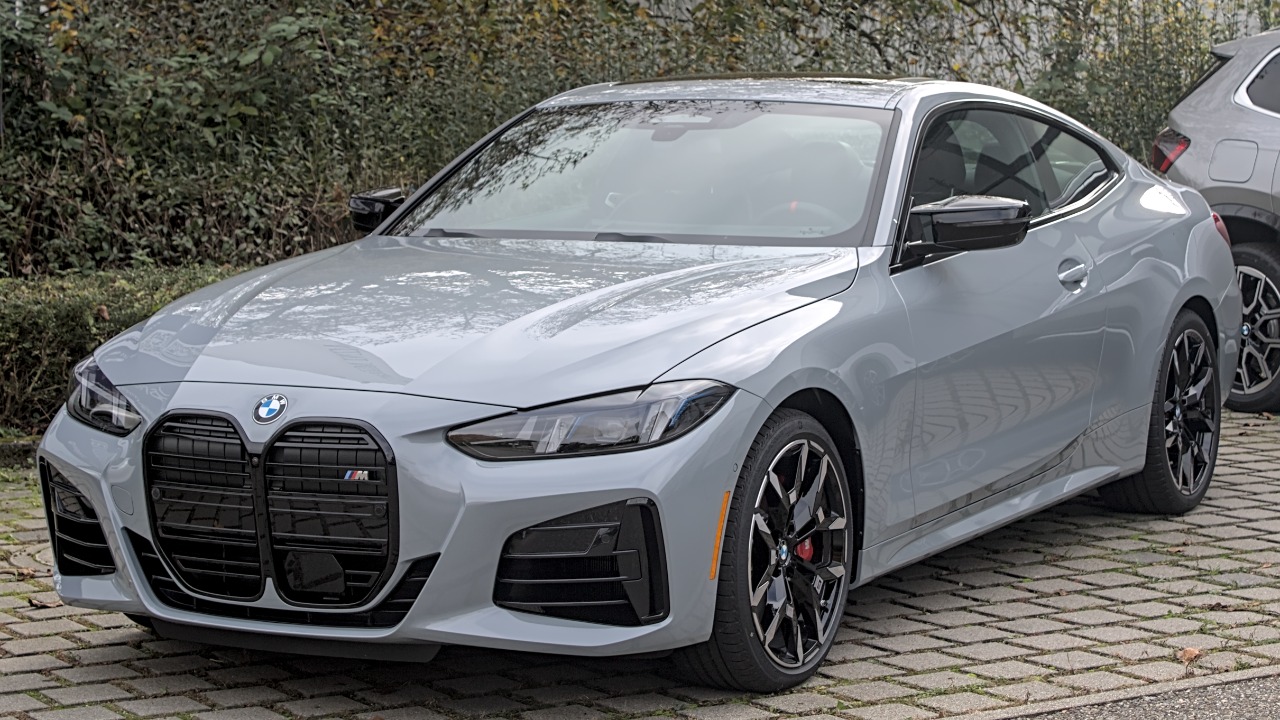
BMW’s engineering philosophy has consistently shunned the use of V6 engines in favor of alternative cylinder configurations throughout its history. This unwavering commitment has not only shaped BMW’s own lineup but has also influenced collaborations, such as Toyota’s decision to adopt a BMW-sourced powerplant for the GR Supra instead of developing an inline-six engine.
BMW’s Historical Engine Preferences
BMW’s preference for inline-six engines over V6 configurations is a longstanding tradition that dates back to the company’s early automotive developments. This approach has been consistently applied across BMW’s model history, with the company prioritizing inline engines and avoiding the adoption of V6 configurations as a core principle. This commitment to inline-six engines is not a recent trend but a deeply ingrained part of BMW’s engineering DNA, as detailed in a comprehensive analysis on SlashGear.
Advantages of Inline-Six Over V6 Designs
BMW’s preference for inline-six engines is not without reason. Inline-six engines offer balance and smoothness that align with BMW’s performance standards, a contrast to the limitations of V6 designs. The inline configuration reduces vibration and achieves a natural harmony in operation, key reasons for BMW’s exclusion of V6 setups. These engineering preferences are further explored in the SlashGear report.
Packaging Challenges for V6 in BMW Chassis
Another factor contributing to BMW’s avoidance of V6 engines is the packaging challenge they pose within BMW’s compact engine bays and front-wheel-drive layouts. Inline engines are more compatible with these design constraints, offering a better fit and weight distribution. This advantage in handling dynamics makes V6 configurations less viable for BMW vehicles, as underscored by the SlashGear analysis.
BMW’s Development Philosophy and Costs
BMW’s investment strategy also plays a role in its engine choices. The company has chosen to refine its inline-six technology rather than diversify into V6 production lines. Economies of scale and shared components across its portfolio reinforce BMW’s avoidance of V6 engines. This “doesn’t use” rationale, in terms of resource allocation, is further explained in the SlashGear report.
The Toyota GR Supra and BMW Engine Partnership
BMW’s engine philosophy has also influenced its collaborations. A notable example is Toyota’s decision not to develop an inline-six engine for the GR Supra model. Instead, Toyota chose to adopt a BMW engine, a direct outcome of BMW’s unwavering commitment to inline-six engines. The reasons behind this partnership are detailed in a report on TorqueNews.
Implications for BMW’s Future Engine Strategy
BMW’s V6-free history is likely to influence its future models and electrification trends. While the company may explore shifts in engine design, it is expected to maintain its inline-six heritage, avoiding any speculation about V6 adoption. The broader context of BMW’s “never has” policy and its implications for future engine strategies are discussed in the SlashGear report.
More from MorningOverview